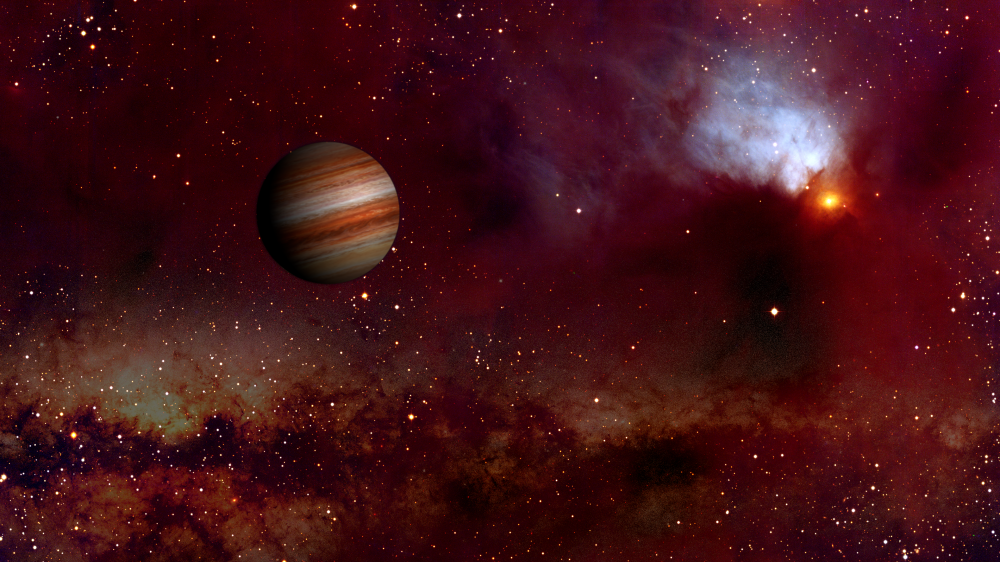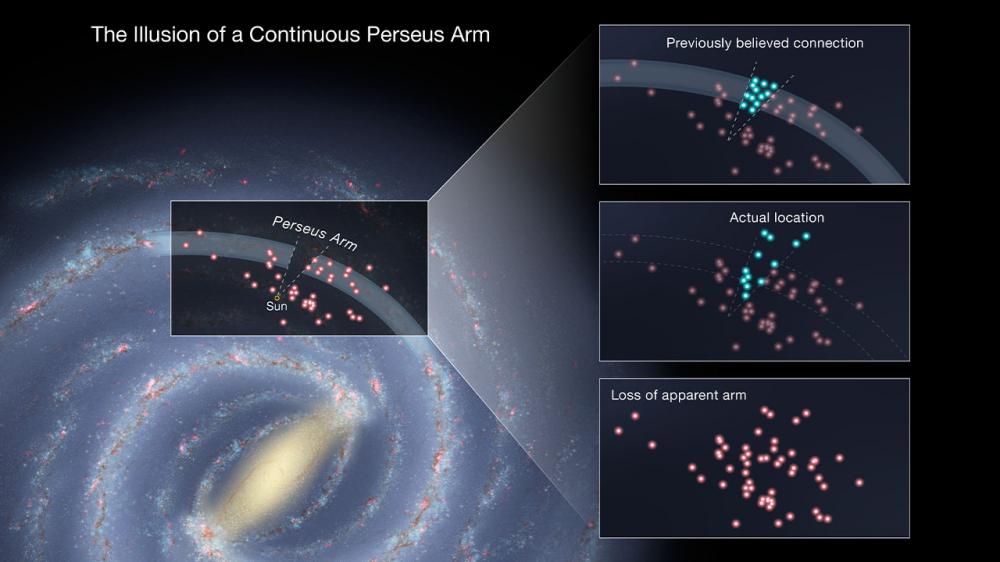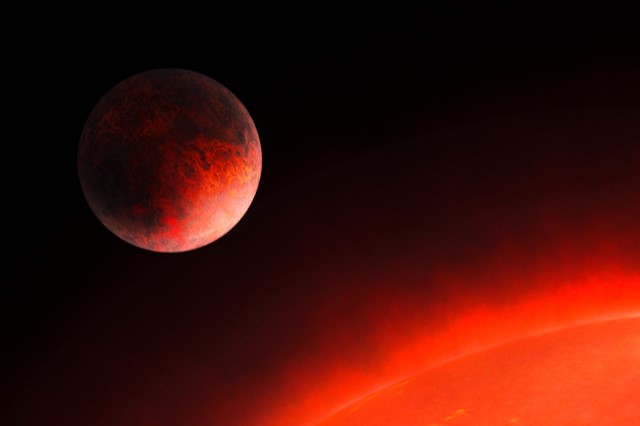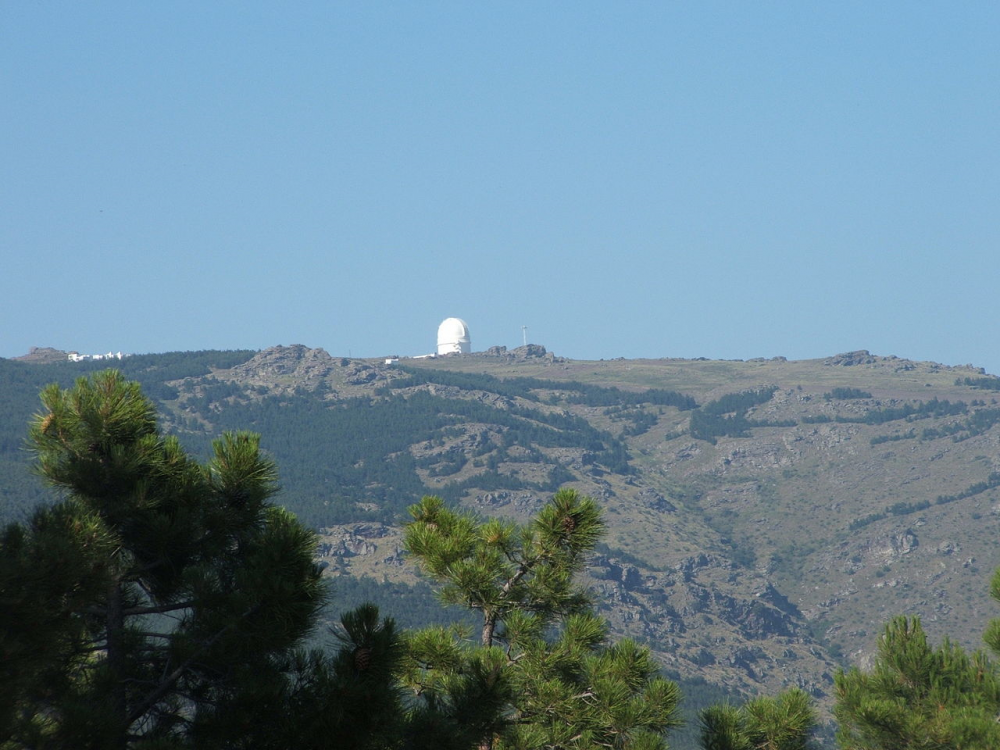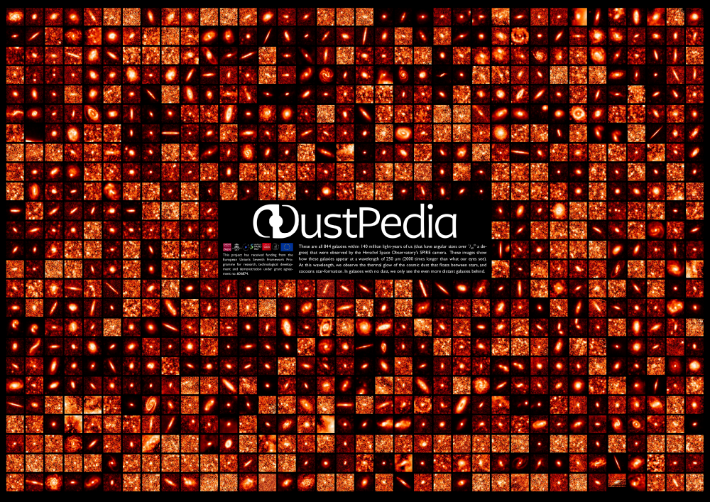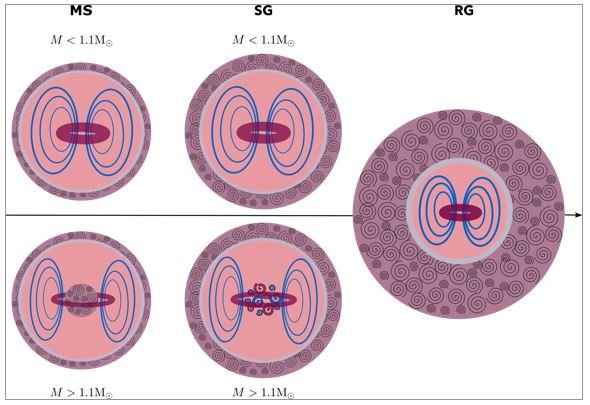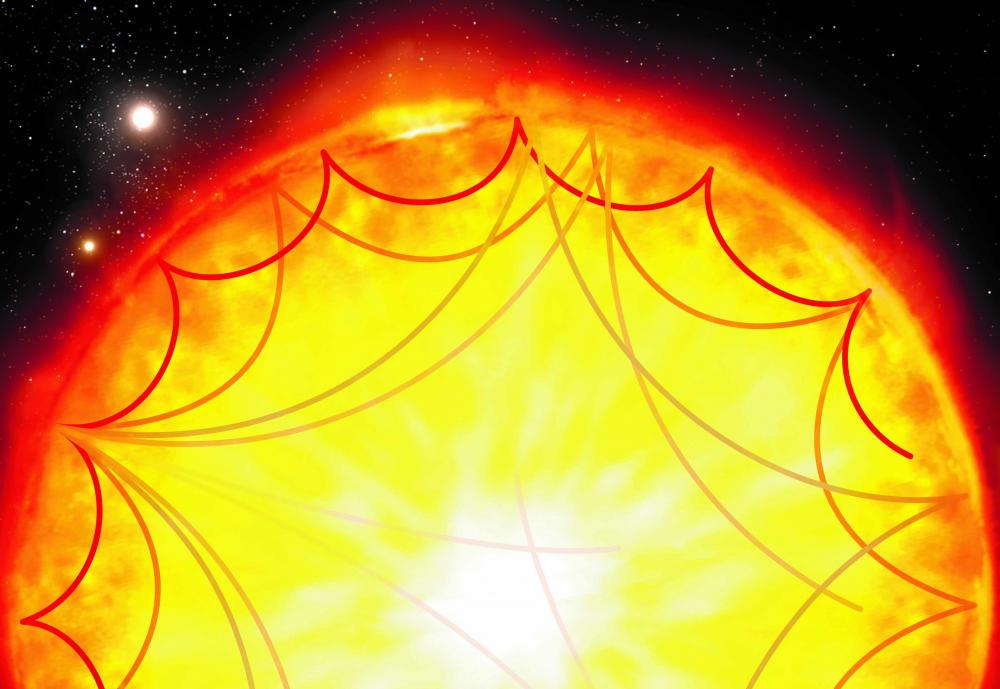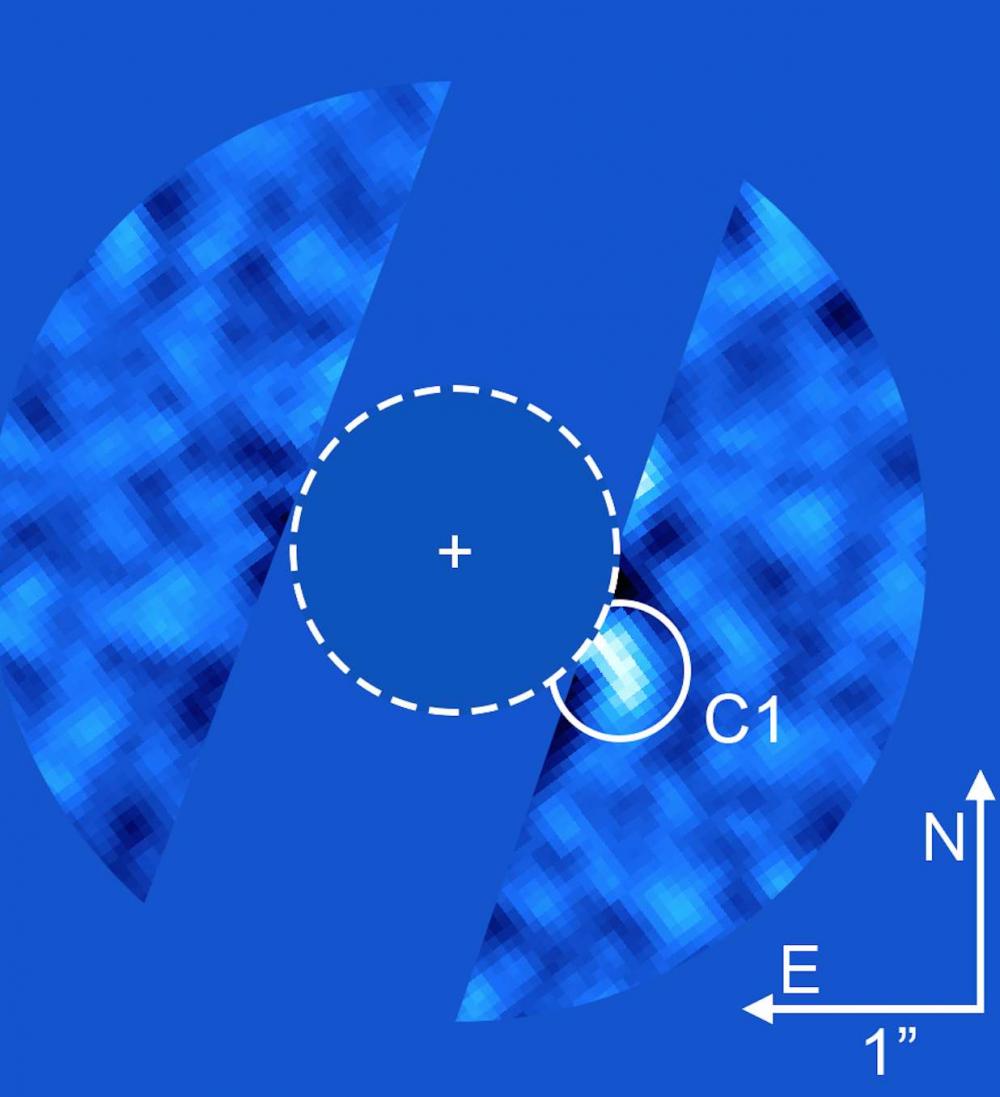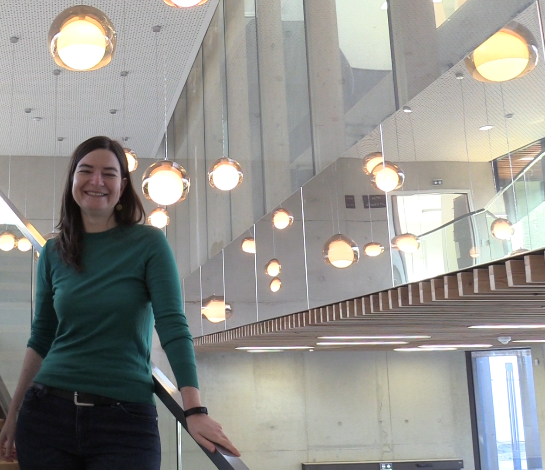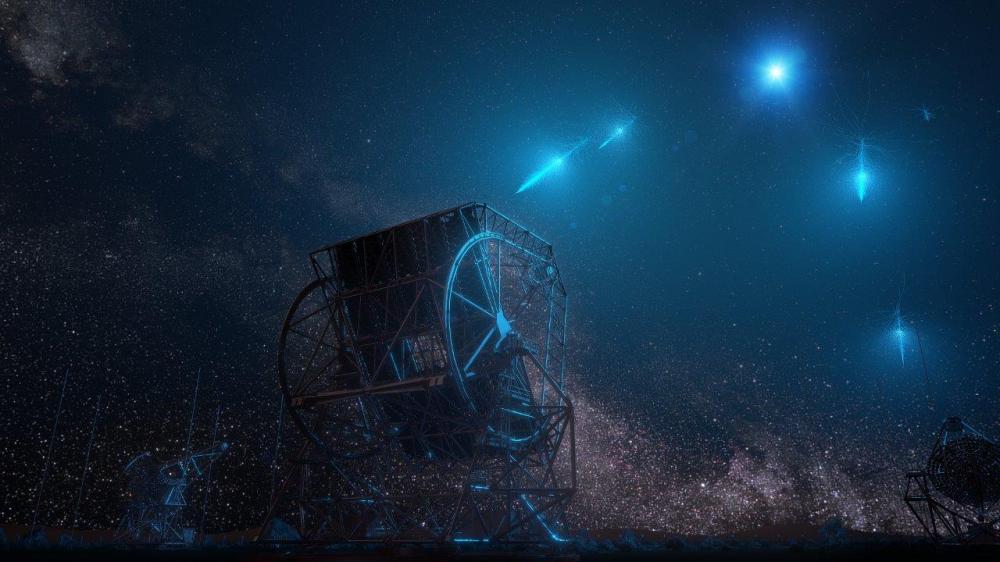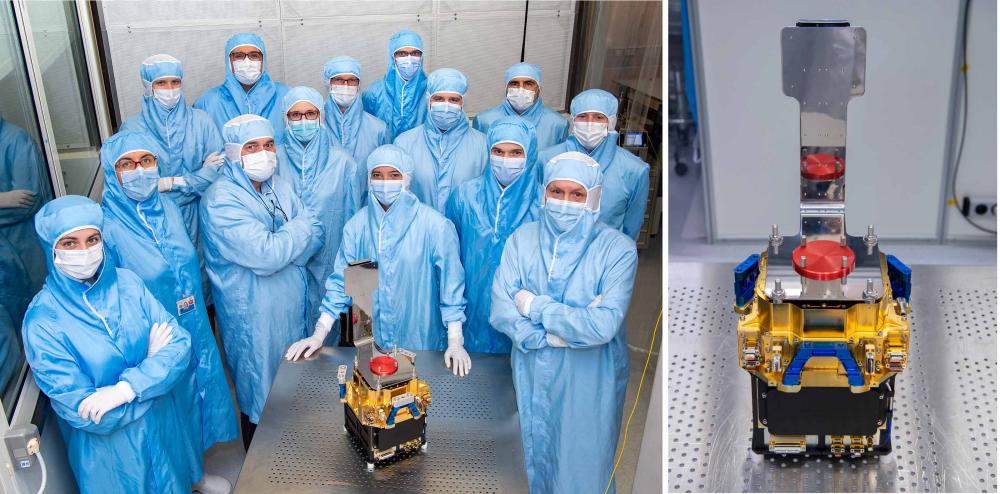News 2021
Rogue planets are elusive cosmic objects that have masses comparable to the largest planets in our Solar System but do not orbit a star, instead roaming freely on their own. Not many were known until now, but a team of astronomers, using data from facilities across the world, have just discovered at least 70 new rogue planets in our galaxy just a few hundred light-years away in the Scorpion sky region. This is the largest group of rogue planets ever discovered, an important step towards understanding the origins and features of these mysterious galactic nomads.
The Milky Way is a spiral galaxy. If we could travel out of it we would probably observe a flat disk with spiral arms connected to its central core. Stuck inside the Milky Way, with no bird's eye view and limited precise distance measurement to interstellar clouds, the exact shape of the Galaxy spiral pattern is difficult to assess and remains not well known.
For decades the astronomers have used several methods to infer the Milky Way large scale structure, and observations have led us to believe that it is likely to be a Grand Design spiral with long, thin and well defined arms like Messier 81. But a recent study of a team including a member of the IRFU Astrophysics Departement is challenging this vision.
These new results are showing that a section of one of the most well know spiral structure of the Milky Way, the Perseus arm, is not as regular and organised as it was thought. Based on the cross-analysis of several observational databases, this study provides precise measurements of the distance to 81 interstellar clouds in a specific section of the putative Perseus arm. By locating interstellar matter in three dimension, the authors reveal a much more perturbed and scattered structure, indicating that the continuous Perseus arm structure previously infered from observations might have been the result of a projection effect, an illusion predicted by W. Burton in 1971.
In the world of extrasolar planets, "GJ 367 b" is a featherweight. With half the mass of Earth, the newly discovered planet is one of the lightest of the nearly 5,000 exoplanets known today. It takes about eight hours for the extrasolar planet to orbit its host star. With a diameter of just over 9,000 kilometers, GJ 367 b is slightly larger than Mars but smaller than Earth. This planetary system is located just under 31 light years from our planet and is therefore ideal for further studies of its properties. His discovery demonstrates that it is possible to accurately determine the characteristics of the smallest and lighter exoplanets. Such studies provide new clues to better understand how planets form and evolve.
An international group of 78 researchers from 49 institutions including the Department of Astrophysics (DAp) at CEA / Irfu published this study in the scientific journal Science based on initial observations from the NASA / MIT Transiting Exoplanet Survey Satellite (TESS).
"With an orbital period of only one third of a terrestrial day, the year on GJ 367 b is therefore much shorter than the day on Earth, while the star spins on itself in 48 days, which makes around 1.7 times slower than our Sun ”says Rafael A. García, CEA researcher who is part of the team.
The DAp focused its effort in the characterization of the host-star with TESS as well as using WASP data which allowed us to determine with high precision the rotation period of the star (48 days).
Planets that are strongly irradiated by their host stars develop extended atmospheres that can be probed during transits. These atmospheres undergo photoevaporation which can lead to significant changes in the mass and composition of the planets if it continues for several gigayears. These planets are therefore valuable for understanding planetary evolution. The study of the photoevaporation of exoplanets could inform us on the evolution of the atmospheres of the planets of our Solar System whose first atmospheres would have been shaped by this phenomenon. Exoplanets allow us to study this process as it occurs. An international collaboration has studied the HAT-P-32 system (composed of the star of the same name and an exoplanet named HAT-P-32b) by studying two absorption lines: hydrogen and helium. This allowed them to identify remarkable differences between the two lines during the transit, to the surprise of scientists who also thought that hot Jupiters were rather stable to photoevaporation. Although this statement on the long-term stability of hot Jupiters’ atmospheres remains generally true, HAT-P-32b is an exception to this rule and shows that our understanding of planetary evolution remains incomplete!
An international team led by several researchers from LFEMI/DAp/CEA has just published a study shedding light on the formation mechanisms of interstellar grains in galaxies. This is one of the key results of the European DustPedia collaboration, which brings together some thirty people from six laboratories: the DAp at CEA-Saclay, the IAS at Orsay, the University of Ghent, the University of Cardiff, the Observatory of Florence and the Observatory of Athens.
An international collaboration led by a team from the Astrophysics Department/AIM Laboratory of IRFU has predicted and characterised the expected signature of internal magnetic fields in stars through their seismology - called asteroseismology. This study demonstrates that thanks to the very precise data from the Kepler (NASA), TESS (NASA) and soon PLATO (ESA) satellites, we are potentially able to detect magnetic fields in the cores of red giant stars (which are the descendants of low-mass stars such as our Sun and intermediate masses below ~8 solar masses). The results are published in two papers in the journal Astronomy & Astrophysics.
An international team including researchers from the Astrophysics Department (DAp) of CEA/Irfu, working in particular at the laboratory for the Dynamics of Stars, (Exo) planets and their Environment (LDE3), has been able to demonstrate that stars rotate faster than expected as they get older. Using asteroseismological techniques - the study of stars through the characterization of their oscillation modes by seismic methods - researchers were able to analyze for the first time a complete sample of 91 stars brooding ages 1 to 13 billion years. These data confirm that the oldest stars slow down their rotation less effectively. This discovery sheds new light on the evolution of star rotation and should make it possible to more accurately calculate the age of stars. These results are published in the journal Nature Astronomy on April 22, 2021.
The 2021 MERAC Prize for the Best Early Career Researcher in Theoretical Astrophysics is awarded to Dr Antoine Strugarek (CEA Saclay, France) for ground- breaking contributions in stellar astrophysics, including dynamo theory, predictions of solar flares and pioneering work on star-exoplanet interactions. The prize from the MERAC foundation (Mobilization for European Research in Astrophysics and Cosmology) is awarded each year by the European Society of Astronomy (ESA).
Imaging planets that could potentially sustain life around nearby stars has become a possibility thanks to advances reported by an international team of astronomers in the journal Nature Communications. Using a newly developed system for mid-infrared exoplanet imaging in combination with a very long observation time, they achieved the capability of directly imaging planets about three times the size of Earth within the habitable zones of nearby stars. This experiment, called NEAR (Near Earths in the AlphaCen Region), was performed using VISIR, a mid-infrared instrument built by the Astrophysical Department of CEA-IRFU. The VISIR camera has been adapted to a 8m large telescope VLT UT4 (Yepun) in Chile, with a specific star-light blocking device and a a built-in adaptive optics sytems to correct for the atmospheric turbulence. A potential Neptune-to Saturn-sized planet orbiting Alpha Centauri may have been pinpointed but still requires further confirmation.
See the video : Breakthrough Watch/NEAR
Valeria Pettorino was awarded with the 2020 MCAA (Marie Curie Alumni Award) for her outstanding career (CEA/IRFU, Saclay) for her work in the Euclid collaboration and her involvement in the scientific community through various activities such as mentoring, event organisation, communication and more recently science diplomacy. This award is presented by the MCAA association, which is an international network of all researchers who have received a Marie Curie Fellowship.
See : Valeria Pettorino talks about dark energy: from theory to data
On June 1, 2021, the open source software solution Gammapy was selected by the CTA (Cherenkov telescope array) observatory as a high-level analysis tool (Science Tools) for the reduction and modeling of the data collected by its future network of telescopes being deployed in Chile and the Canary Islands. Gammapy benefited from the participation of some 70 scientists from all over the world with a strong involvement of German and French laboratories, including the Department of Astrophysics at Irfu (Irfu / DAp). Through contributions on analysis methods and data visualization as well as a place on the steering committee, the DAp was able to contribute to this success.

On 29 August 2019, scientists from the H.E.S.S. collaboration recorded one of the brightest cosmic explosions ever observed in the Universe. This gamma-ray burst emitted the most energetic photons ever detected in this type of event. Under the direction of Irfu researchers, the observations continued for several days. The analysis of the data collected calls into question the origin of the rays produced during the explosion. These results has been published by the international team, which includes researchers from CEA and CNRS, in the journal Science on 4 June 2021.
H.E.S.S., located in Namibia, is a system of five imaging atmospheric Cherenkov telescopes that has been studying cosmic rays since 2003. In 2016, the cameras of the first four telescopes were completely refurbished using state-of-the-art electronics and in particular the NECTAr readout chip designed by the the DEDIP/Irfu laboratory.
The analysis of this exceptional gamma-ray burst was led by a physicist from the DPHP/Irfu astroparticle group.
An X-ray camera, intended to equip the Sino-French SVOM satellite, has just been assembled and delivered by scientists and technicians from the Institute for Research on the Fundamental Laws of the Universe (CEA/Irfu). This high-tech prototype will capture high-energy photons (X-rays) emitted during the explosion of massive stars or the fusion of dense stars. The camera, particularly compact and innovative, integrates in a very limited volume, a complete detection chain, an active thermal control and a filter wheel. It will be placed at the focus of a telescope 1.15 m long to form the MXT (Microchannel X-ray Telescope). With a field of view of 1 square degree, for only 35 kg of mass, the MXT telescope, equipped with an original "faceted" optics inspired by lobster eyes, will make it possible to locate the position of the most powerful cosmic explosions in the Universe with a precision better than 2 arcmin. After various tests, including a calibration campaign in Germany, the assembly will be shipped to China in November 2021 to be integrated into the SVOM satellite, which is scheduled for launch at the end of 2022.
Since the interferometers of the LIGO-Virgo collaboration detected gravitational waves from the merging of two black holes, black hole binaries have been among the celestial objects that most interrogate scientists. A team of astronomers, including researchers from the Astrophysics Department / AIM Laboratory of CEA Paris-Saclay and the APC laboratory (University of Paris), have determined, using more than 60,000 digital simulations of stellar evolution, the characteristics of the progenitors at the origin of mergers of black hole binaries of mass less than 10 solar masses. According to this study, a phase in the evolution of the binary system known as the common envelope phase plays an essential role in the process eventually leading, or not, to the merger of the two black holes. This work is presented in an article to appear in the journal Astronomy & Astrophysics.
